Collection |
Collections
Filters
-
Collection Type
-
-
Collection |
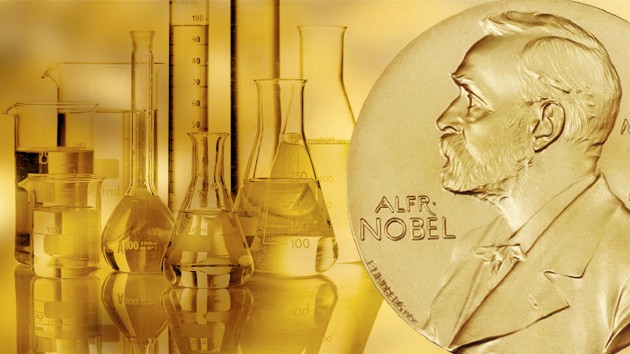 Nobel Prize in Chemistry 2023
Nobel Prize in Chemistry 2023
The 2023 Nobel Prize in chemistry has been awarded to Moungi G. Bawendi, Louis E. Brus and Alexei I. Ekimov for the discovery and synthesis of quantum dots.
Image: Springer Nature/The Nobel Foundation/Imagesource -
Collection |
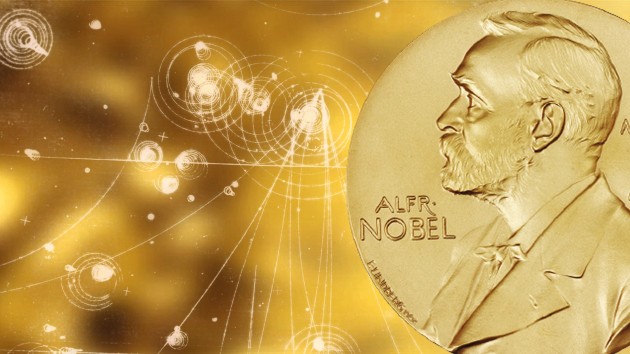 Nobel Prize in Physics 2023
Nobel Prize in Physics 2023
The Nobel Prize in Physics 2023 has been awarded to Pierre Agostini, Ferenc Krausz and Anne L’Huillier “for experimental methods that generate attosecond pulses of light for the study of electron dynamics in matter“.
Image: Springer Nature/The Nobel Foundation/Imagesource -
Collection |
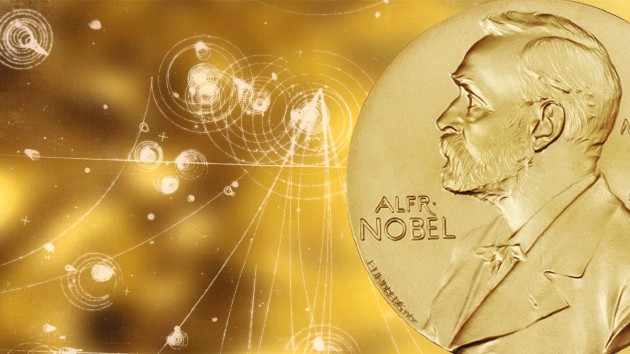 Nobel Prize in Physics 2022
Nobel Prize in Physics 2022
The Nobel Prize in Physics 2022 has been awarded to Alain Aspect, John F. Clauser and Anton Zeilinger “for experiments with entangled photons, establishing the violation of Bell inequalities and pioneering quantum information science”.
Image: Springer Nature/The Nobel Foundation/Imagesource -
Collection |
 Sensing at the limit
Sensing at the limit
In this collection we highlight the latest progress in our ability to sense and image the world around us.
-
Collection |
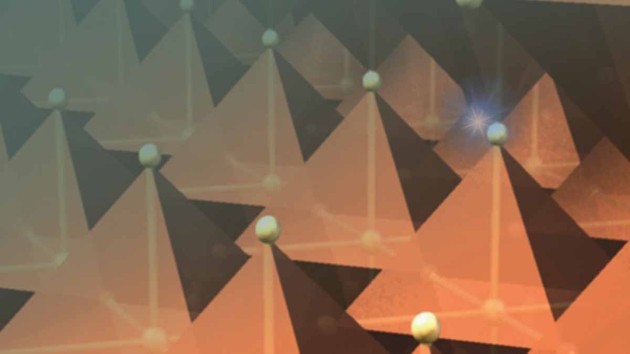 Perovskites for Optoelectronics
Perovskites for Optoelectronics
Perovskite materials have become very promising candidates for a new generation of potentially printable and efficient optoelectronic devices. Photovoltaic devices based on hybrid perovskites now achieve more than 20% photoconversion efficiency, and applications in solid-state lighting, photodetection and lasing are soaring. Their optoelectronic and photophysical properties are under intense scrutiny. This web-collection brings together a selection of multi-disciplinary research and comments published in the Nature journals that explores the basic properties of halide-based perovskite materials and their potential for application in optoelectronics, from solar cells to lasers. It serves to illustrate the road to easily processable and efficient devices by presenting both historical milestones and the crucial landmark studies published in the last 12 months in the Nature journals.
-
Collection |
 Pioneers in Photonics
Pioneers in Photonics
A collection of obituaries published in Nature Photonics of exceptional scientists in photonics including Nobel Prize winners and others whose studies greatly inspired and impacted the optics community.
Image: Bethany Vukomanovic/Springer Nature Limited -
Collection |
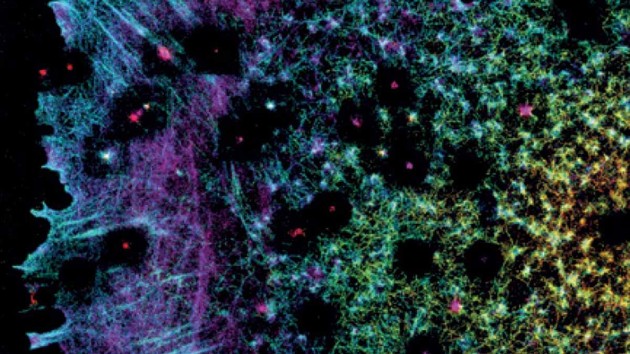 Super-resolution microscopy
Super-resolution microscopy
Popularization of super-resolution imaging techniques has allowed cell biologists to probe cell structure and function in previously unattainable detail. These methodologies continue to evolve, with new improvements that allow tailoring the available techniques to a particular need and application. This collection showcases primary research articles, reviews and protocols and highlights these recent developments by exemplifying the new, interesting applications of super-resolution microscopy as well as related tool development.
Image: Bertocchi et al., Nature Cell Biology volume 19, pages 28–37 (2017). -
Focus |
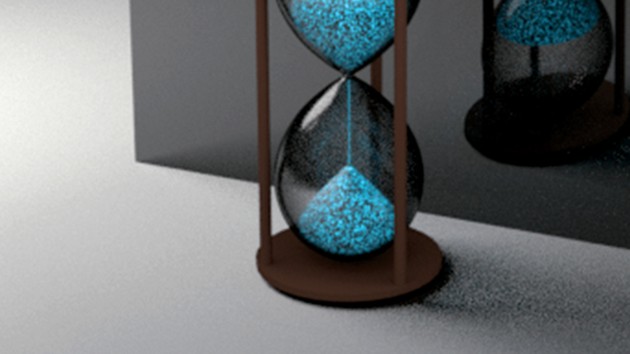 PT symmetry
PT symmetry
The exploration of photonic systems embracing the concepts of PT symmetry, topology and non-reciprocity has become highly active in recent years. Studies on these topics are not only providing rich scientific insight in terms of new physics but also potentially have important long-term technological implications, including the development of on-chip optical systems that support states of light that are immune to back scatter, are robust against perturbation and feature guaranteed unidirectional transmission.
Image: Jessica Brassard, Michigan Technological University -
Focus |
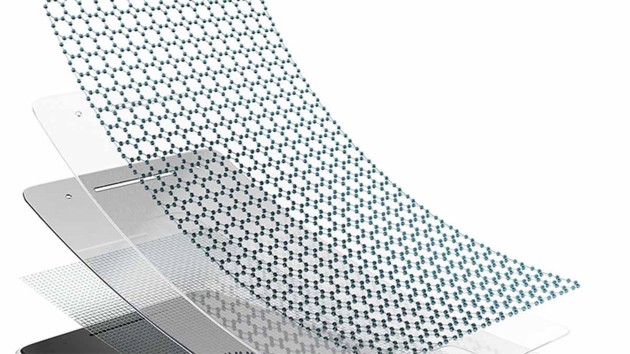 2D materials
2D materials
The development of atomically thin layers of van der Waals bonded solids with interesting optoelectronic properties has opened up new possibilities for exploring 2D physics and designing miniature photonic devices such as optical modulators, light emitters and saturable absorbers.
Image: Iaremenko -
Focus |
Spin–orbit interactions
The ability to induce coupling between the spin angular momenta and orbital angular momenta of photons is creating new opportunities for preparing unique states of light and performing new forms of optical manipulation. This focus describes the theory and mechanisms behind the coupling and a discussion of the potential applications.
-
Focus |
Maxwell anniversary
2015 marks the 150th anniversary of the formulation of Maxwell's equations which lie at the heart of our understanding of electromagnetism and the behaviour of light waves. This focus brings together a collection of articles charting the development, impact and modern day use of Maxwell's equations.

 Light talk
Light talk